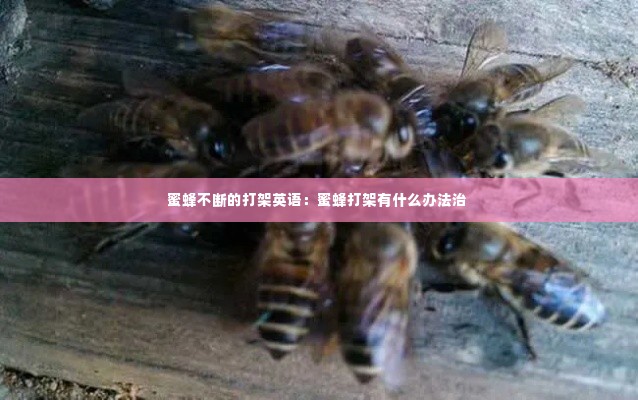Introduction to Bee Fights
The world of bees is often perceived as a harmonious and organized society, but like any other group of insects, bees have their moments of conflict. One such behavior that might surprise many is the frequent fights among bees. These battles, known as bee fights, are a part of the complex social structure of bee colonies and can occur for various reasons.
Reasons for Bee Fights
Bee fights can arise from a multitude of causes. One of the most common reasons is the defense of the hive. Bees are fiercely protective of their home and will attack any intruder, whether it's another bee from a different colony or a predator. This defense mechanism ensures the survival of the queen and the rest of the colony. Another reason for bee fights is the competition for resources. Bees gather nectar, pollen, and water, and during the peak of the foraging season, there can be a scarcity of these resources. When bees from different colonies cross paths, tensions can rise, leading to physical altercations.
The Dynamics of Bee Fights
Bee fights are not the chaotic brawls one might envision. Instead, they are carefully choreographed displays of aggression. When a fight breaks out, bees will form a tight cluster, with each bee facing away from the center. This arrangement allows them to strike at the nearest opponent without getting in each other's way. The fight typically begins with a series of warning stings, where bees deliver a painful sting to the opponent's abdomen. This serves as a warning shot, and if the opponent retreats, the fight may end there. However, if the opponent does not back down, the fight can escalate into a full-blown melee.
The Role of the Queen Bee
The queen bee plays a crucial role in mediating conflicts within the colony. When a fight breaks out, the queen may join the fray, using her presence to calm the bees down. The queen's pheromones have a calming effect on the bees, and her involvement can often lead to a peaceful resolution. In some cases, the queen may even use her stinger to attack a particularly aggressive bee, sending a clear message that such behavior is not tolerated. The queen's authority is absolute, and her word is law within the hive.
The Consequences of Bee Fights
While bee fights are a natural part of bee society, they can have negative consequences. Excessive fighting can lead to injuries among the bees, which can weaken the colony's defenses. In severe cases, bee fights can even result in the death of bees, which can be detrimental to the overall health of the colony. Moreover, bee fights can disrupt the colony's foraging activities. Bees need to gather resources to sustain the hive, and when they are preoccupied with fighting, they may not be able to forage as effectively. This can lead to a decrease in the colony's food reserves, which can be critical during the winter months.
Conclusion
Bee fights, though a surprising aspect of bee behavior, are an integral part of the complex social structure of bee colonies. These battles serve to maintain order, defend the hive, and regulate access to resources. While bee fights can have negative consequences, they also play a role in the survival and prosperity of bee societies. Understanding the dynamics of bee fights can provide valuable insights into the intricate world of bees and their remarkable social behaviors.
转载请注明来自天津锦麟商贸有限公司,本文标题:《蜜蜂不断的打架英语:蜜蜂打架有什么办法治 》












 蜀ICP备2022005971号-1
蜀ICP备2022005971号-1
还没有评论,来说两句吧...